References & Testimonials: Racetrack CMS
Driver experience, quality of view, safety, ergonomics: what CEOs, drivers and technicians say about the digital side view mirror
Testimonial: Here’s why Aston Martin chose the camera monitor system (CMS) from Kappa optronics for the Valkyrie!
Video interview with David King, Head of the Special Operations Department at Aston Martin, about the camera monitor system (CMS) in the Valkyrie, a benchmark in hypercars: “The Kappa solution really nailed that big issue for us in one."
Kappa is technology partner of TU/ecomotive-Teams
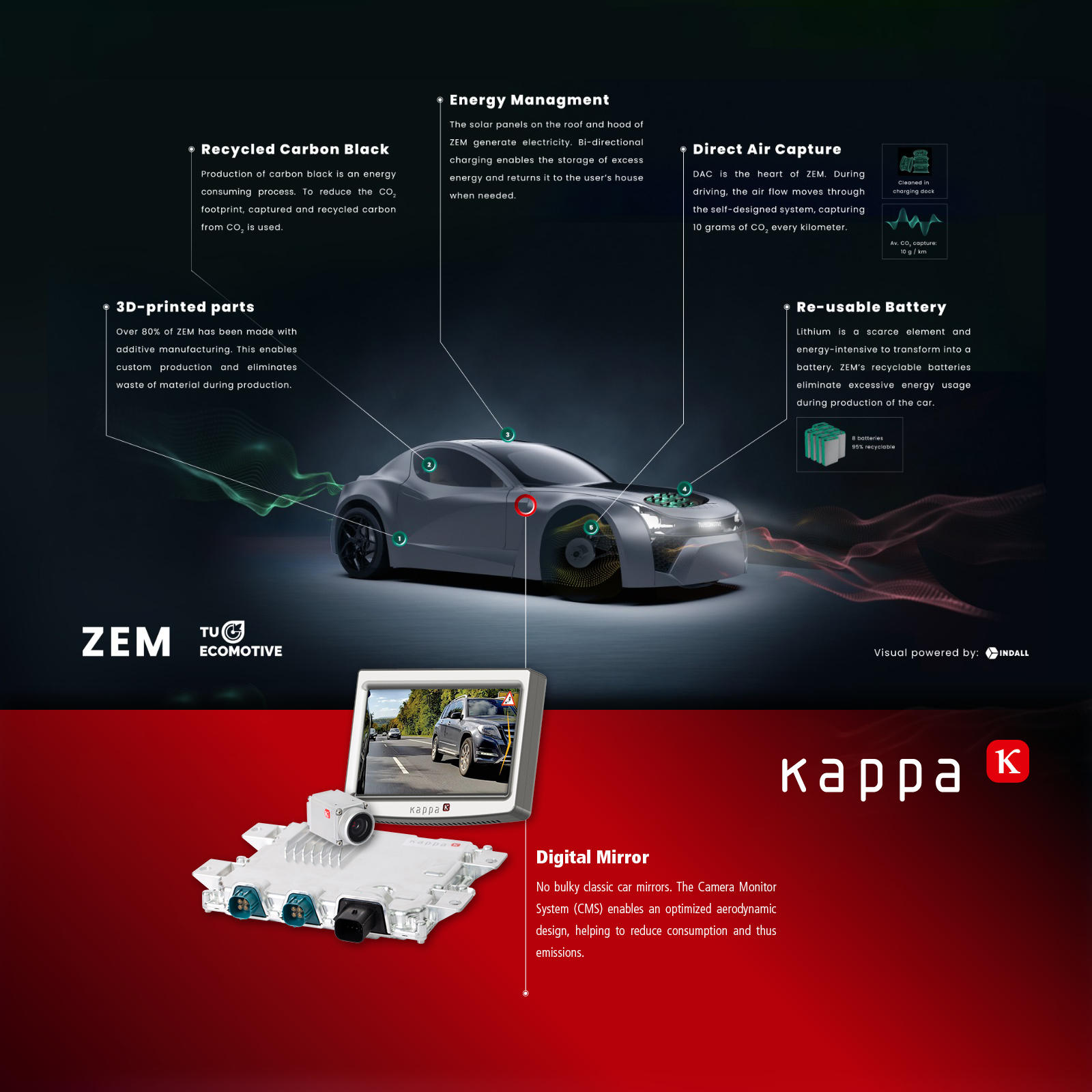
Another exciting student team from Eindhoven University of Technology (TU/e)
The team TU/ecomotive now presented the world's first electric car that captures more carbon dioxide (CO₂) than it emits while driving! The prototype, called Zem, purifies the air through a special filter. By storing the captured CO₂ and then disposing it, Zem contributes to reducing global warming. Two digital mirror replacement systems provided by Kappa are part of the concept. The aerodynamic benefits are convincing: by liberating the vehicle from bulky classic exterior mirrors, extremely streamlined designs can be realized - reducing energy consumption and emissions. Nikki Okkels, external relations manager at TU/ecomotive about their radically sustainable approach: “If 35 students can design, develop and build an almost CO2-neutral car within a year, then there are also enormous opportunities and possibilities for the industry.”
In 2013 we were technology partner Solar Teams Eindhoven
Kappa has a long history with innovative student teams from Eindhoven and we're delighted that they - like us - see important potential in digital mirror replacement systems for reducing CO2 emissions. In 2013 we were technology partner of the Solar Team Eindhoven for the first time for the solar vehicle Stella Lux. Lightyear was founded out of the project. Now, in July 2022, the spectacular Lightyear One solar vehicle is being celebrated worldwide. And it goes without saying that Lightyear One relies on camera systems instead of classic mirrors. Solar Team 2021's ingenious self-sufficient photovoltaic motorhome Stella Vita also uses Kappa digital mirrors - a glimpse of one of Kappa's new target markets, large vehicles, where the use of digital mirrors is particularly relevant for reducing emissions through aerodynamically optimized designs. It’s inspiring what grows from such relationships over the years! We keep our fingers crossed for the TU/ecomotive team and their mind blowing “Zem”!

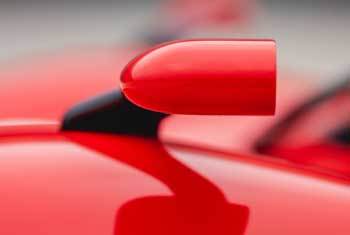
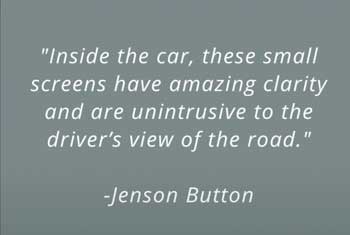


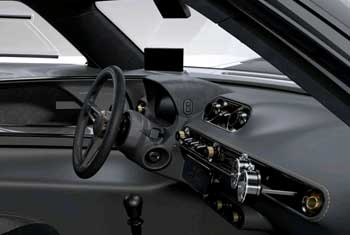
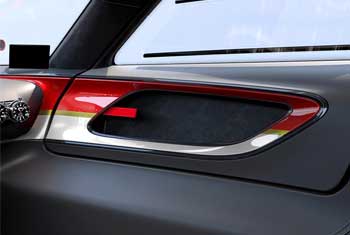
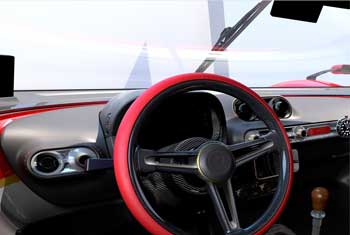

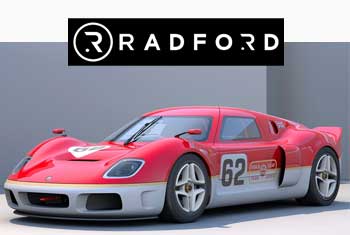
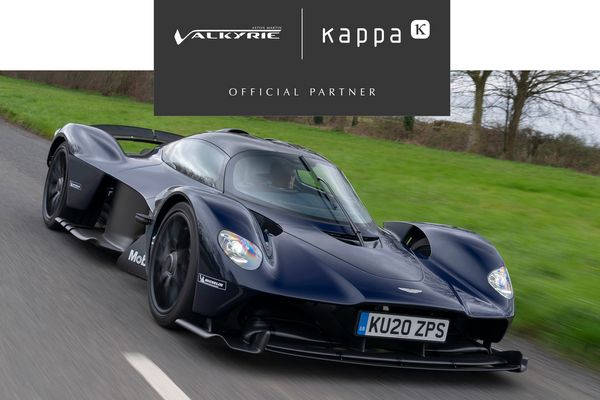
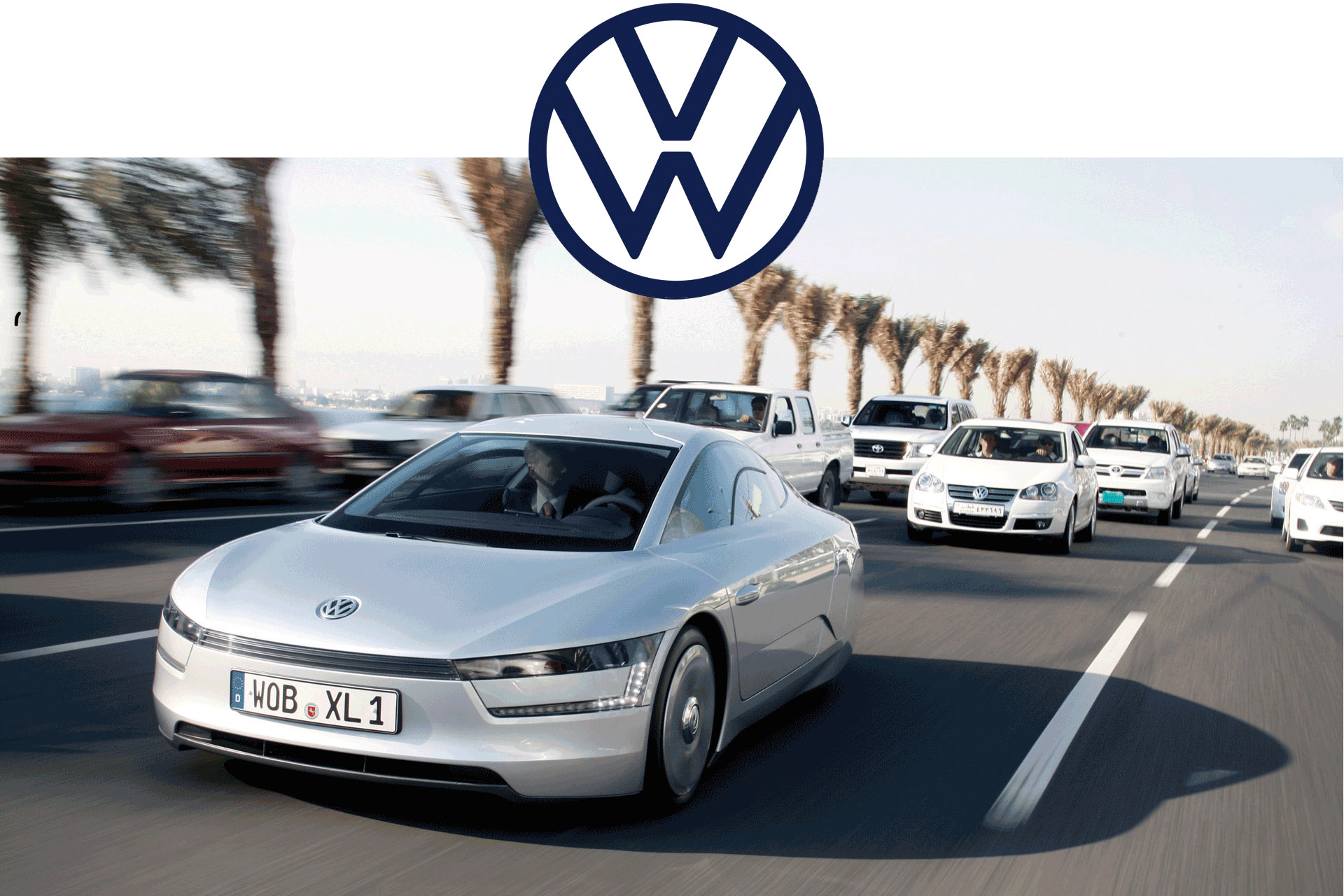
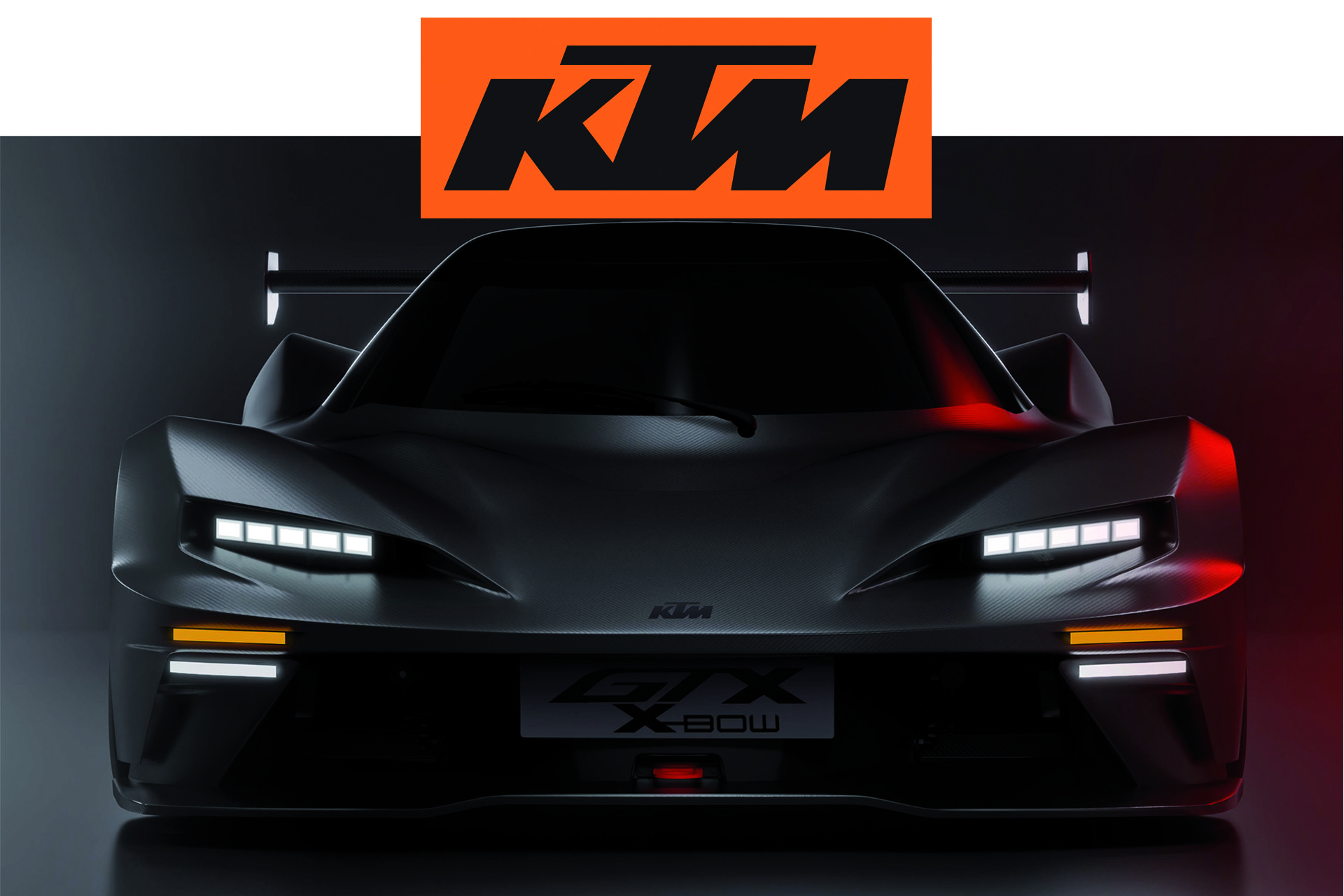
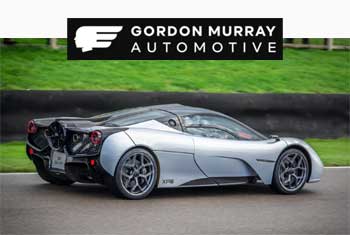


![[English] [English]](/fileadmin/_processed_/5/0/csm_20250108_094213_633e8a3242.jpg)
![[English] [English]](/fileadmin/_processed_/5/0/csm_20250108_094213_2b226e8afa.jpg)

